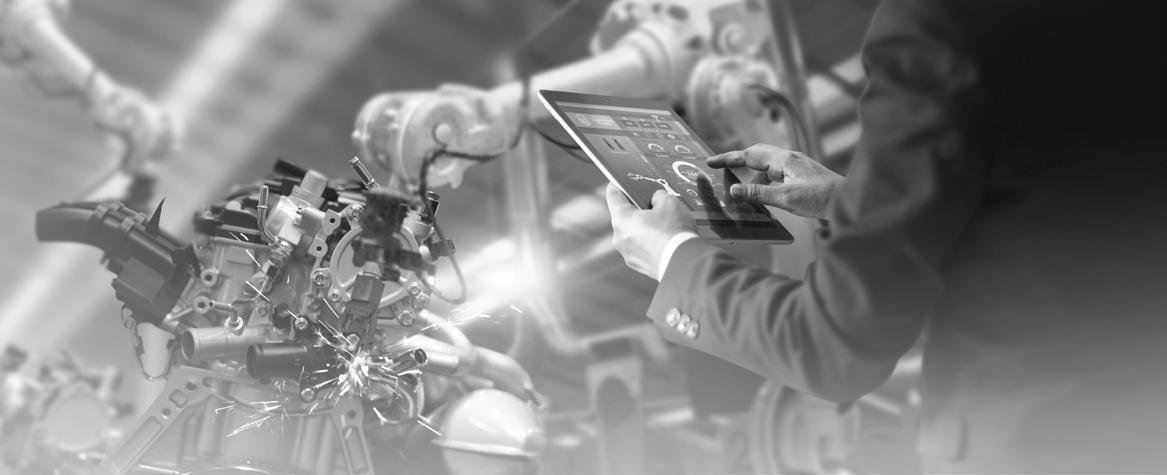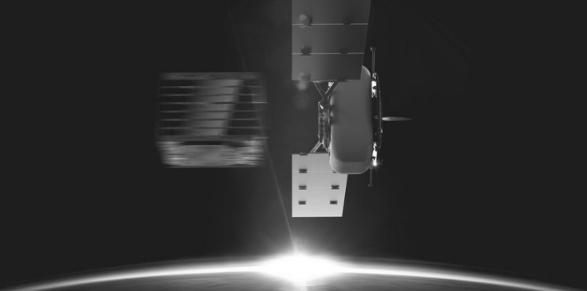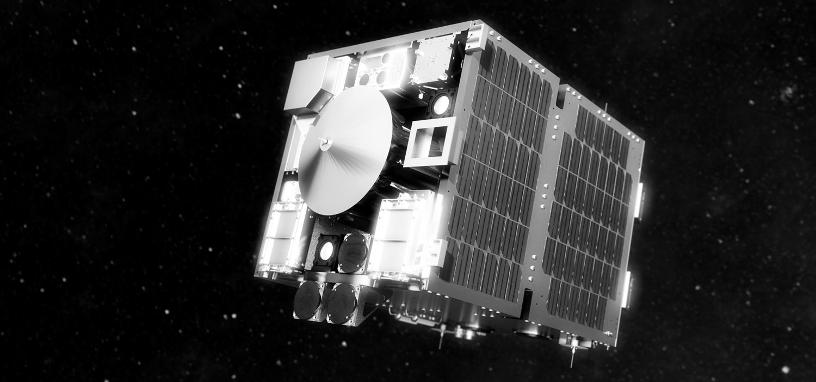
3 minute read
Active Debris Removal (ADR
Overview
Active Debris Removal (ADR) refers to sending spacecraft to rendezvous with and remove spacecraft and debris from orbit.
Advertisement
This mostly refers to LEO and MEO satellites, where a graveyard orbit is not available. There are many more satellites in LEO so this is currently the primary focus.
For satellites with propulsion systems, ADR will only be required if those systems fail.
There are various technological solutions, for example, Astroscale is using magnetic plates and D-Orbit provide deorbiting devices that work independently of their host spacecraft, but robotic arms or autonomous robots may be needed for satellites without these devices and these technologies are currently expensive.
Technology still poses some challenges, for example interacting with tumbling objects to perform ADR or Life Extension. There have been trials demonstrating the capture of debris including manipulating with nets and harpoons. However, there is an issue of scaling for large constellations or a variety of debris types.
Market drivers
Growth in commercial LEO constellations will vastly increase satellites in orbit. Some above ~650km will fail and stay aloft for centuries if not actively deorbited.
Tighter regulation of Earth orbits will need increased post-mission disposal. In some jurisdictions, companies must prove they will meet 25-year post mission disposal guidelines, either with high reliability propulsion systems or ADR agreements.
Government and institutions may require oneoff satellite disposals, though there is a limited business case for funding these missions. Reduced insurance premiums for those with ADR contracts could drive demand.
Market barriers
The market is largely dependent on the success of mega-constellations, which is currently uncertain. The recent bankruptcy filing of OneWeb has increased uncertainty about the viability of very large constellations and Boeing is not developing its proposed constellation. Amazon Kuiper constellation is only recently announced and therefore details are uncertain.
In the near-term regulatory environment, ADR is only required for satellites above ~650 km as lower altitude satellites will naturally deorbit.
Market size
The launch campaigns of major constellations were modelled approximately, and the design life of each satellite assumed to be 5-7 years (where not otherwise known).
Although the Total Available Market (TAM) is approximately 1500 satellites by 2030 this is dependent on the commercial success of the satellite operators, the graph on page 22 is for all satellites reaching the end of life. Single satellite missions and small constellations are not modelled.
The only constellation where ADR would be required at the current level of regulation is Iridium. This is due to it’s constellation altitude.
UK Capability
Japan based Astroscale has a UK office and is working with the Satellite Applications Catapult for the National InOrbit Servicing Control Centre. Astroscale has proposed a multi-target end-of-life space debris removal concept which attaches a standard docking mechanism on satellites before launch that will, at end of life, allow for a more efficient capture in orbit by a ‘chaser’ spacecraft. The chaser would dock with two, or possibly more, satellites typically from a constellation, and subsequently deorbit them to mitigate space debris.
The ESA Sunrise Program will develop technologies needed to enable future missions, whether it be in satellite hardware, ground infrastructure or end of life de-orbiting (scheduled before 2023). Following the bankruptcy of OneWeb it is unclear how this programme may evolve, the Sunrise programme is likely to continue to focus space debris control.
Another capability including the RemoveDEBRIS harpoon has been developed by Airbus and Oxford Space Systems, while D-Orbit UK has developed the ION spacecraft as a platform for future on-orbit service missions.
UK Consultants Hempsell Astronautics proposed a system ‘Necropolis’ that would collect defunct geostationary satellites and deliver them to a graveyard orbit.
Source: Satellite Applications Catapult
Fair-Space is co-ordinating commericially inspired research into AI and Robotics for in-space applications.







